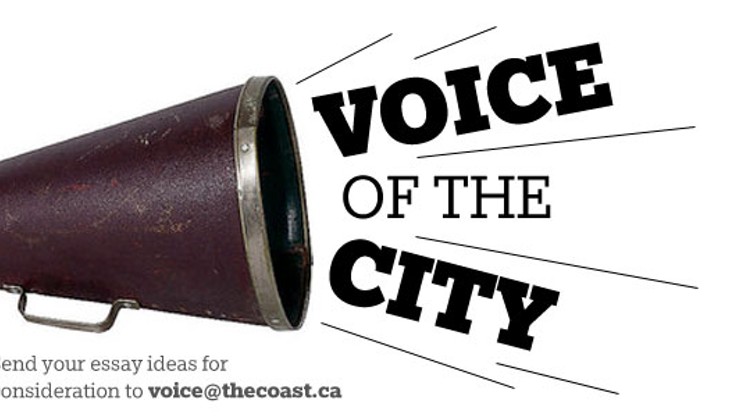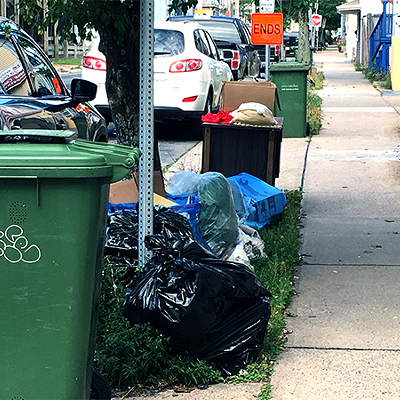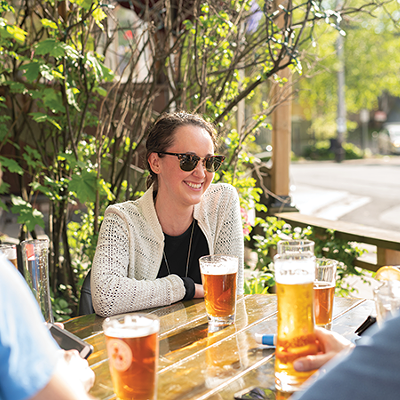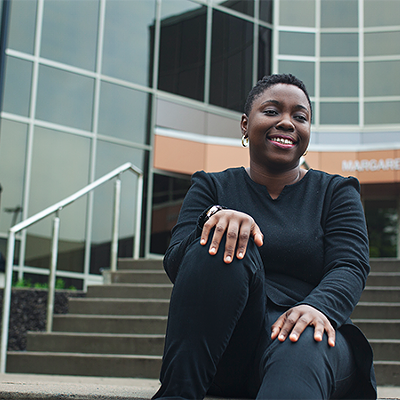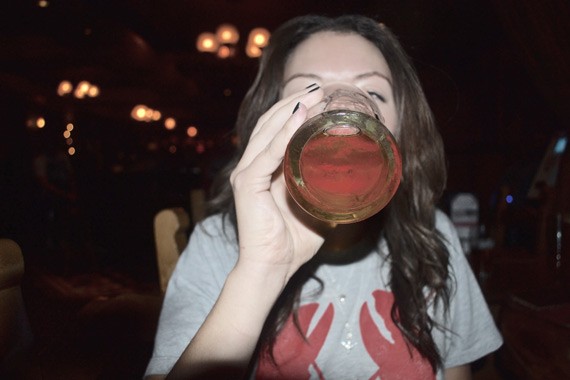
It’s 11am on the Saturday of fall convocation weekend and the students are ready to drink. Tables begin to fill up at the Split Crow Pub by noon. By 2pm, there’s a line out the door. Young adults in makeshift hoods stand waiting in the rain because inside holds the promise of good friends, cold beer and only a handful of regrettable decisions.
This is just one of many student-oriented bars in Halifax’s downtown core. The Lower Deck, Alehouse, Pacifico and Cheers are a few others amidst the plethora of options in the city with the most bars per capita in Canada.
Halifax has seen its fair share of drunken debauchery—from puking into pitchers and nights in the drunk tank, to graveyard fence jumps resulting in impromptu hospital visits.
“I would say that the drinking culture is more tame on paper,” says Berkley Page, a student in her fifth year at Dalhousie, “but from what I’ve seen, it’s not much different than it used to be.
“My first weekend in residence I met a group of people and partied in their room. This one guy had stomach problems, and instead of not drinking, he chased his booze with Pepto-Bismol.”
Students are always going to drink—that’s a given—but there has been a great deal of effort made in the last four years to regulate the previously chaotic Halifax nightlife.
In 2011, the Halifax Regional Police began implementing necessary strategies in response to the influx of violent crimes at night in the downtown core. The Patron Accountability Safety and Services program was introduced that year in a combined effort with the Restaurant Association of Nova Scotia. So now, if you get barred from one pub, you can be barred from any other venue participating in the program for an extended period of time. It’s basically a universal blacklist for bars.
“We are effectively removing somebody that might be causing some issues or difficulties in the downtown district,” says inspector Lindsay Hernden of the Halifax Regional Police, “and for some people it can be a very, very lengthy period of time. Indefinite in some cases.”
Liquor-related offenses have been on the decline since 2012, says Hernden, and so has underage drinking—from 124 tickets issued in 2013 to the mere 25 so far this year.
Hernden attributes this to the Downtown Safety Strategy that took effect in 2012. The strategy is essentially a heavier police presence on Thursday through Saturday nights between midnight and five in the morning.
“Over-consumption continues to be an issue,” says Hernden, although it’s hard to pinpoint the part students play, statistically. According to Statistics Canada, 22.3 percent of Nova Scotians were reported as “heavy drinkers” in 2013—a fair bound above the 17.4 percent Canadian average.
“I think they’ve definitely been able to regulate underage drinking a whole lot,” says Page. “I heard that it used to happen more than it does now.”
Page thinks students are still partying as hard as they used to, but perhaps in a safer downtown.
Inside the Split Crow, the air turns warm, moist and hoppy as students chat, chant and take turns lobbing quarters into each others glasses. At 3:30pm, a cover band materializes and begins to serenade the now-inebriated crowd with the likes of Neil Diamond. Sixty minutes later and Power Hour starts. The tabletops fill up with small beers for sale at $2.50 a pop.
Hours later, the students exit the bar under a novelty sign that reads “Free beer tomorrow.” They don’t need the empty promise to keep them coming back, though. See you next Saturday.

